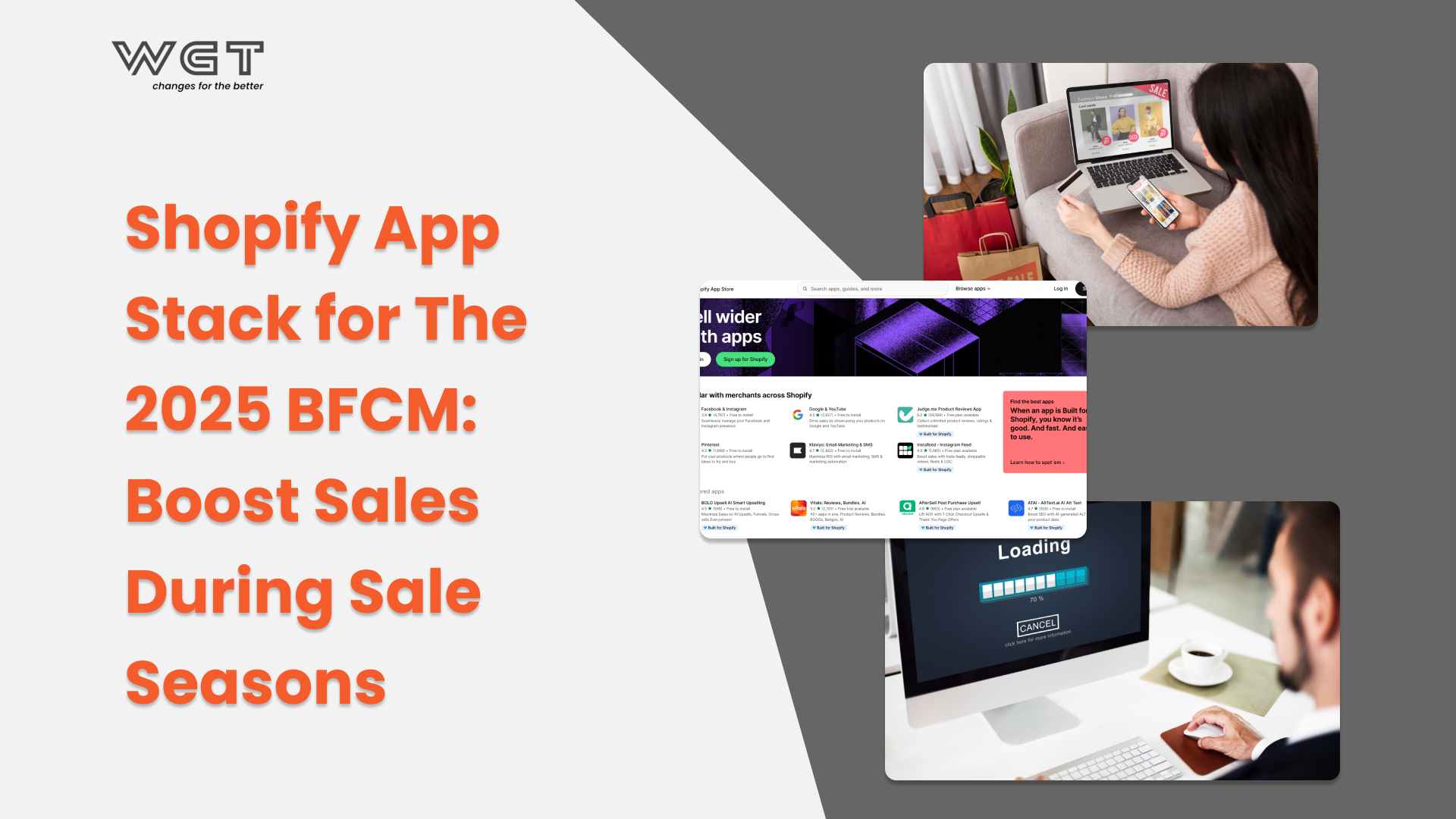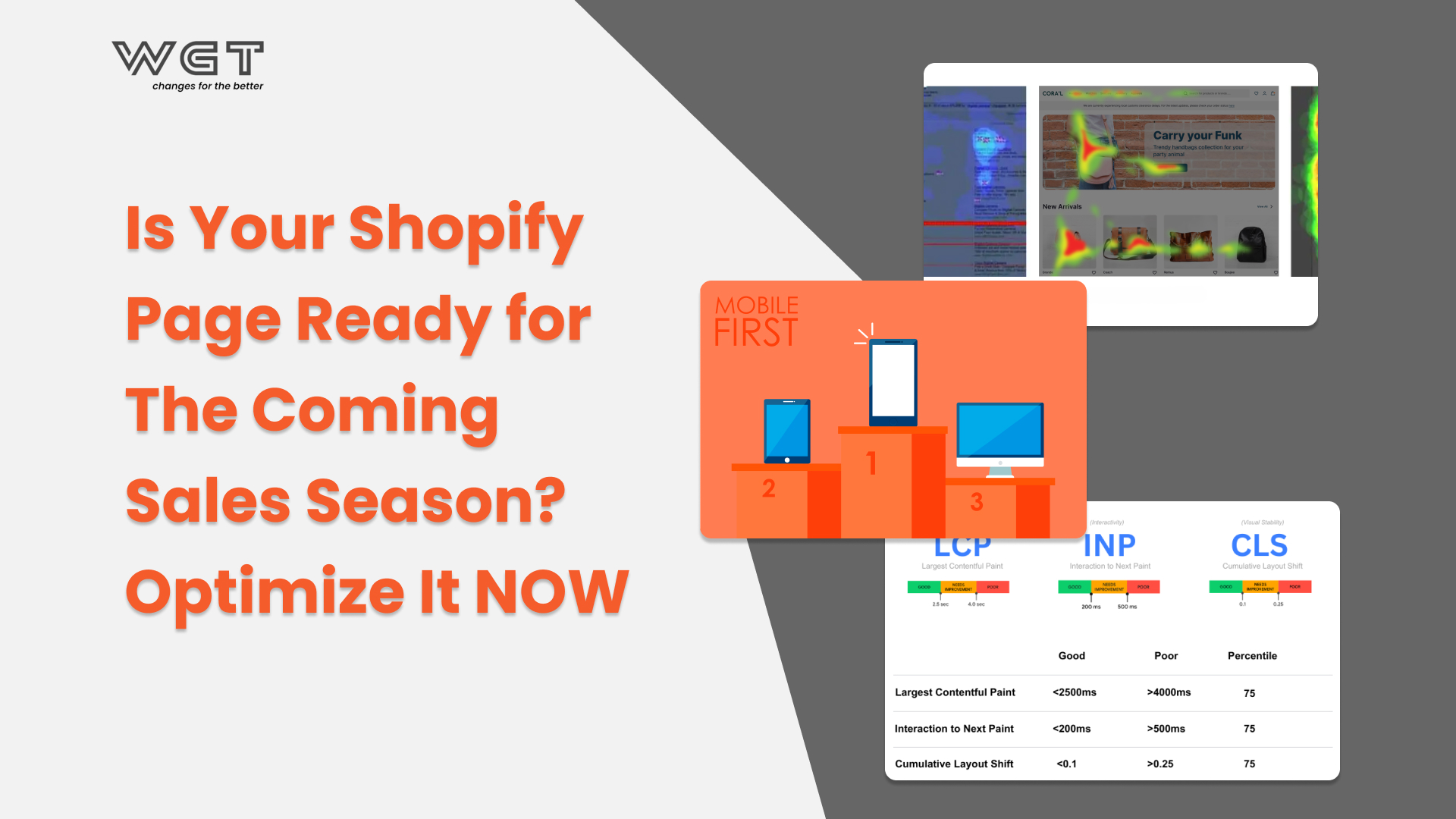
One of the biggest challenges of online shopping is that it doesn’t lend well to a full sensory product experience, yet these problems can be solved easily with Augmented Reality (AR). As applications supporting virtual product trying and testing offer a wide range of real trials for buyers, exploring the details regarding AR shopping, and identifying emerging purchase trends are a must to level up buyers’ shopping journey.
A. What is Augmented Reality?
Augmented Reality is a highly advanced technology, offering customers the ability to utilize electronic devices like smartphones or virtual reality headsets to try on and test products virtually. This automation serves two main purposes: simulating the experience of being in a physical store while interacting with the products and providing customers with a visual representation of how products would look in their homes or on their bodies when it comes to fashion-related items.
B. How does Augmented Reality differ from Virtual Reality?
Virtual reality, on the other hand, is a computer-generated, immersive environment that allows individuals to engage with and explore a simulated 3D world, closely resembling the sensory experience of real-life interactions.
It’s also well-noted that distinguishing between them to understand each requirement technology, and which one is best suited for sellers might well serve the customers with fundamentally different experiences.
| Feature | AR | VR |
| Aim | Enhances the real world | Creates a completely virtual world |
| Device | Smartphone, tablet, AR glasses | VR headset |
| Interaction | Overlays digital elements | Fully immersive experience |
| Application | Shopping, navigation, education | Gaming, entertainment, training |
| Immersion | Partial immersion | Full immersion |
C. Seven Augmented Reality shopping trends of 2024
The AR future is to revolutionize the shopping experience, merchants should understand emerging trends in this space to create the better for their customers. To capitalize on this transformative technology, staying informed about key AR shopping trends is crucial, here are seven key areas where AR will significantly impact retail in 2024.
Trend 1: AI to improve AR implementation in interpreting sensor data.
AI has advanced AR beyond analyzing facial features to generate realistic 3D models of both human faces and objects. These models enhance the immersive nature of AR by serving as avatars or virtual assets within the AR environment. AI also facilitates the creation of detailed 3D maps, ensuring virtual objects align realistically with the physical environment. 3DFY – an AI-powered text-to-3D technology- is being used to generate high-quality 3D models, automatically, in certain object, categories using text prompts. In addition, through AI-powered machine vision, AR can now identify and label real-world objects, surpassing mere identification.
After analyzing data from cameras, accelerometers, depth sensors, and other sources, AI algorithms will extract valuable insights including object recognition, motion tracking, and gesture recognition to help merchants make better decisions, optimize processes, personalize experiences, and automate tasks. One more plus point is that, after directing their cameras at the text, users can instantly receive translations, which fosters communication and facilitates understanding across diverse languages.
Trend 2: AR to go cross-platform, reaching more users with a single application.
Traditionally, AR applications were developed for specific platforms or devices and necessitated different versions for iOS and Android, which caused fragmented shopping experiences for customers with multiple devices, and app download fatigue due to the need to search for and download separate apps for each operating system. Solving these challenges, cross-platform AR applications now provide a seamless user experience, eliminating the need for users to switch between different applications based on their device or operating system hence enhancing accessibility and convenience. Cross-platform AR additionally fosters collaboration and social interaction, allowing users to access different devices to engage in shared experiences, promoting inclusivity, and expanding potential applications in gaming, and education.
These advancements in technology together with the rise of cross-platform frameworks such as Unity, or React Native, allow developers to write code once and deploy it across multiple platforms, reducing time and effort. Overall, this top-notch advance plays an important role in improving shopping experiences and minimizing the coding process.
Trend 3: AR to power wearable devices on the rise, promising a more interactive and data-rich user experience.
AR-powered wearables, such as smart glasses, headsets, and smartwatches seamlessly integrate digital content with the real world, creating a cohesive blend of virtual and physical environments. These devices enable users to access real-time information, receive notifications, and interact with digital objects using intuitive gestures and voice commands. They also leverage contextual description and user preferences to provide personalized and suitable knowledge, analyzing the user’s surroundings to deliver relevant insights, applicable to various sectors including gaming, design, education, training, healthcare, manufacturing, and logistics.
Trend 4: Augmented Reality to join in devising a targeted marketing plan.
According to AR Insider, the revenue generated by Augmented Reality technology in marketing is projected to significantly increase in the coming years. The global revenue for augmented reality is anticipated to reach a remarkable $39.8 billion by 2027. Therefore, integrating AR technology into marketing will immensely help to target audiences precisely through location-based experiences, ensuring marketing messages reach specific audiences effectively. Real-time analytics, additionally, offer dwell time and interaction frequency to further let marketers measure and optimize campaign performance.
Trend 5: AR to accelerate healthcare with faster diagnosis and treatment.
Taking digital information into the physical environment, AR accelerates healthcare and empowers medical professionals with real-time, contextually relevant data to diagnose faster and more accurately.
AR also offers training opportunities, allowing healthcare practitioners to engage in complex procedures and visualize anatomical structures in an immersive and interactive manner. Over and above that, AR facilitates remote consultations and collaborations, enabling specialists to provide guidance and expertise to colleagues in different locations, leading to enhanced decision-making and expanded access to specialized care, particularly in underserved areas.
Trend 6: AR to revolutionize the manufacturing industry.
AR empowers workers with step-by-step guided instructions that minimize errors and boost productivity while facilitating remote collaboration through real-time guidance from experts, reducing travel needs, expediting problem-solving, and offering a safe environment for hands-on learning that enhances worker competence.
AR analytics and data visualization tools, on the other hand, offer valuable insights such as production flow and efficiency, machine performance monitoring, defect detection, and prevention into production processes, allowing manufacturers to optimize workflows and make data-driven decisions. For instance, AR simplifies maintenance and repair tasks by integrating digital information into physical equipment, expediting troubleshooting, and minimizing downtime.
Trend 7: AR’s ability to be poised to transform retail into a more interactive and efficient experience for consumers.
Integrating virtual try-on solutions and virtual fitting room technology, retailers can offer immersive try-on experiences on products including clothing, accessories, or cosmetics. Additionally, fitting room technology lets shoppers visualize how furniture or home decor items will look and match with their spaces. Through these processes, it can support to enhance consumer engagement, boost confidence in purchase decisions, and reduce the likelihood of returns.
Furthermore, AR bridges the gap between online and offline shopping by providing additional product information like specifications, reviews, and even instructional tutorials, all of which equip consumers with on-the-spot knowledge and eliminate the need to rely solely on product packaging or hunt down a salesperson for assistance. Also, AR can refer to past purchase history or browsing behavior (with user consent) to offer personalized recommendations. It is viewed as a virtual pop-up appearing on the phone suggesting complementary items as buyers browse a particular product category. This customized touch can enhance product discovery and lead to more informed purchases.
Let’s have a look at this typical example, where L’Oreal employs augmented reality (AR)-based virtual try-on technology to facilitate consumer engagement with makeup and hair products. Through a collaboration with Meta (formerly known as Facebook), L’Oreal’s virtual try-on software provider enables consumers to test products directly on the Instagram platform and subsequently make purchases via Instagram Shopping. Given the substantial 44% of consumers who utilize Instagram for weekly shopping activities, this partnership stands as a notable advantage for L’Oreal and ensures a good shopping experience for their customers.
The rise of augmented reality (AR) applications addresses the challenge faced by certain product categories in e-commerce, where it is difficult to accurately visualize how products will appear in real life compared to computer or mobile screens. Understanding the potential of AR, its associated use cases, and the benefits it offers, businesses can make informed decisions about whether to adopt Augmented Reality technology. Start leveraging AR today to boost your store revenue!







